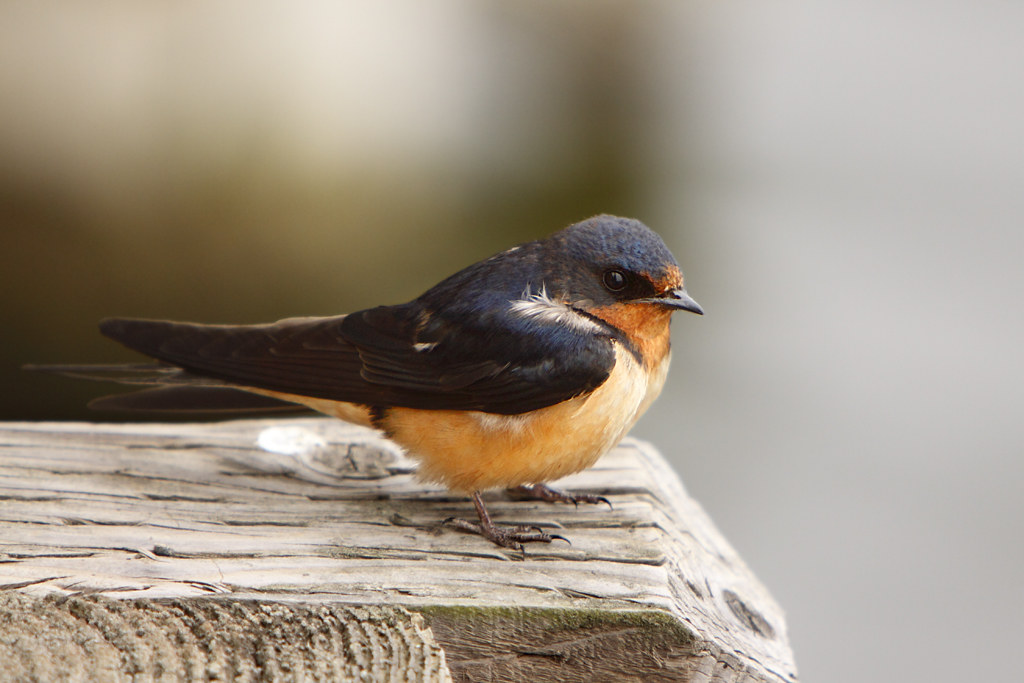HALIFAX – A new study says 40 species could be saved from disappearing from the Saint John River watershed if $33 per New Brunswick resident is spent annually on conservation measures over the next quarter century.

The estimate is based on a method called “priority threat management,” where scientists identify species at risk, put price tags on conservation strategies that might save them and offer options based on cost and benefit.
The work by a University of British Columbia team was published Wednesday in the journal “Conservation Science and Practice,” with the findings cited by the World Wildlife Fund in an accompanying report outlining the options.
The method pioneered by UBC ecologist Tara Martin has already been applied to one third of Australia, along with Saskatchewan’s South of the Divide region and, in British Columbia, the Fraser River estuary, the Kootenay bioregion and the Central Coast.
The study of the 55,000-square-kilometre watershed in New Brunswick was carried out in consultation with 28 experts from government agencies, Indigenous communities, environmental groups, scientific institutions and industry.
The nine groups of species identified included birds, fish, insects, trees and plants, ranging from American eels to cobblestone beetles to black foam lichen.
“If we invest now, we have a relatively good chance of securing those species, but if we don’t, all of those groups are likely to be lost,” Martin said in an interview on Wednesday.
The WWF report recommends a combination of 15 conservation strategies that would cost $25.8 million per year for 25 years – leading to the $33 per resident estimate.

It also notes two other options, one where six of the nine ecological groups, including 34 species, could be preserved at a cost of $8.7 million per year, and another protecting five of the nine ecological groups, including 30 species, at a cost of $1.2 million per year.
Removal of the Mactaquac Dam, combined with discharge management and improved fish passage for an added five dams, would represent about three quarters of the annual cost of the most expensive option.

Get breaking National news
According to the study, the strategies create a greater than 60 per cent chance of survival for seven of nine groups of species.
Martin says while 60 per cent isn’t a guarantee of survival, it means ecologists are “hopeful” the existence of species ranging from wood turtles, bank swallows and shortnose sturgeon can be secured by 2046.
The researchers concluded there wasn’t a clear strategy available at this time for preserving bats, such as the little brown myotis, and a group of forest trees that include butternut, black ash, and eastern hemlock.
These two groups, “are considered unlikely to recover in the region, even with the implementation of all conservation strategies,” the WWF concluded in its report. “Consequently, these species will require added funding over the long term to invest in new, innovative solutions and technologies to ensure their survival.”
Some strategies, such as bringing in measures to encourage conservation in land management and forestry, benefited a larger number of species. Martin notes the forestry industry needs to have common standards to ensure forests with a healthy mix of old and newer growth trees.
“At the moment the forests are quite homogenized. There’s not a lot of diversity,” the researcher said.
For woodlot owners, this could translate into measures such as governments assistance to encourage landowners to avoid cutting some woodlands required by species at risk, she said.

Other species, such as the Atlantic salmon, require much more costly measures, including the removal of the Mactaquac Dam, which adds almost $20 million a year to the total cost.
“We don’t value all species equally,” said Martin.
Simon Mitchell, vice president of resilient habitats at the WWF Canada, says it simply makes sense to know the costs of preserving species, in part because it illustrates that the actions are affordable.
“We’re currently making choices on which species get to survive and which get left behind. This process is simply making those choices more obvious,” he said in an interview Tuesday.
This report by The Canadian Press was first published Dec. 10, 2020.







Comments